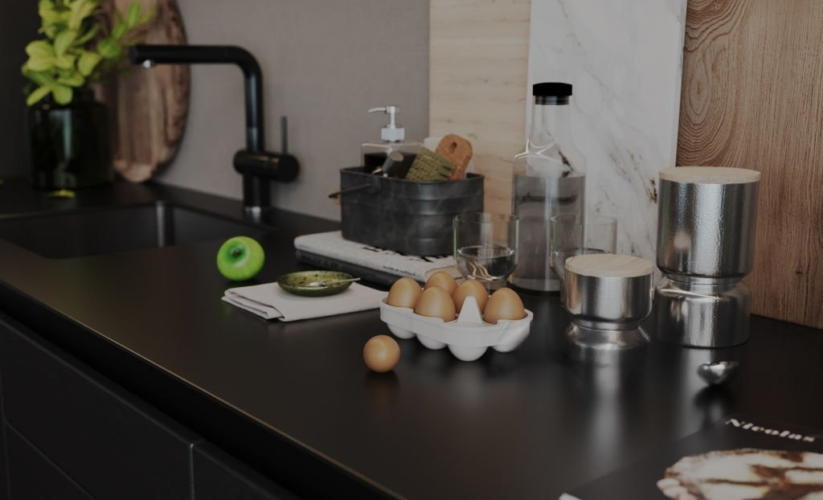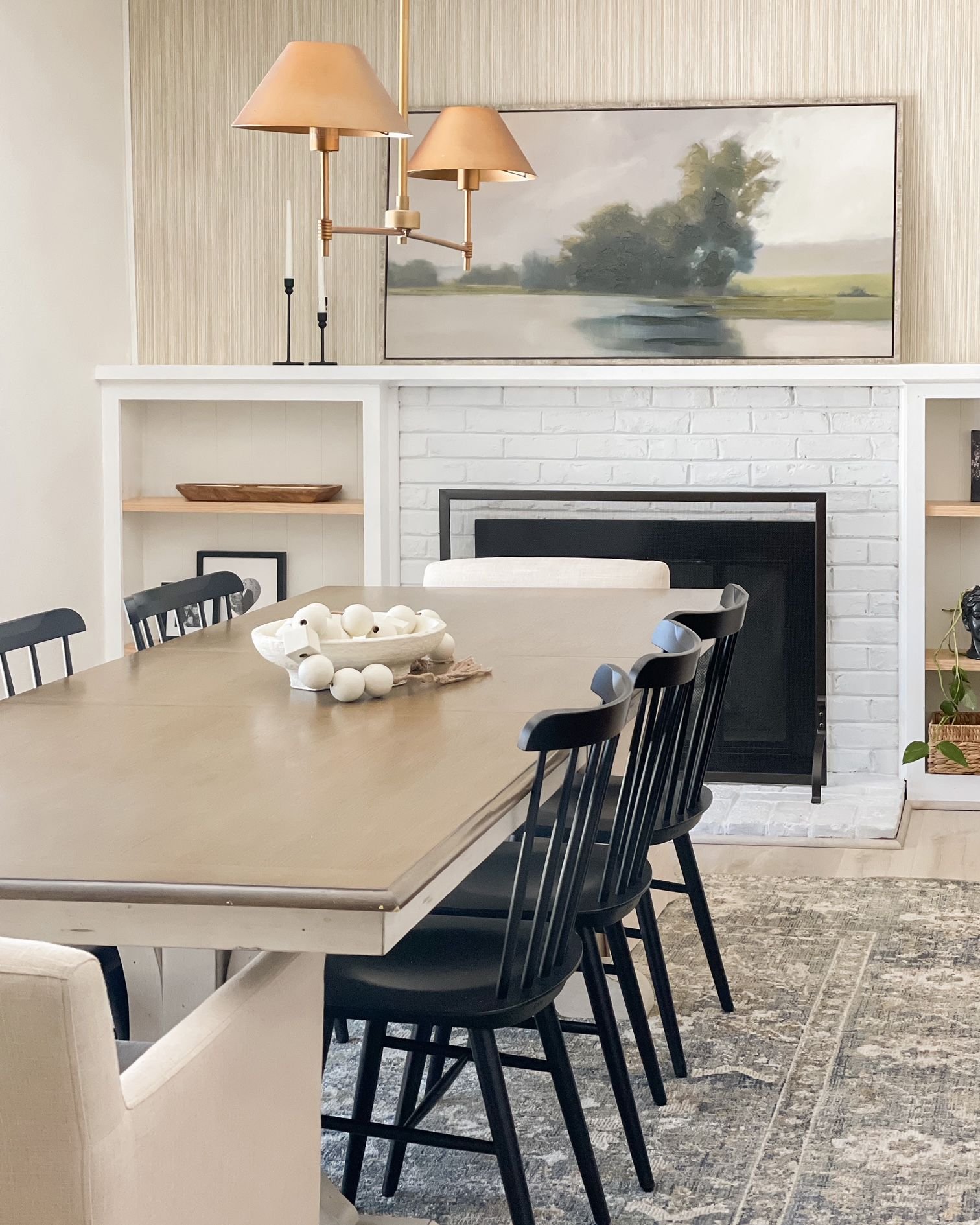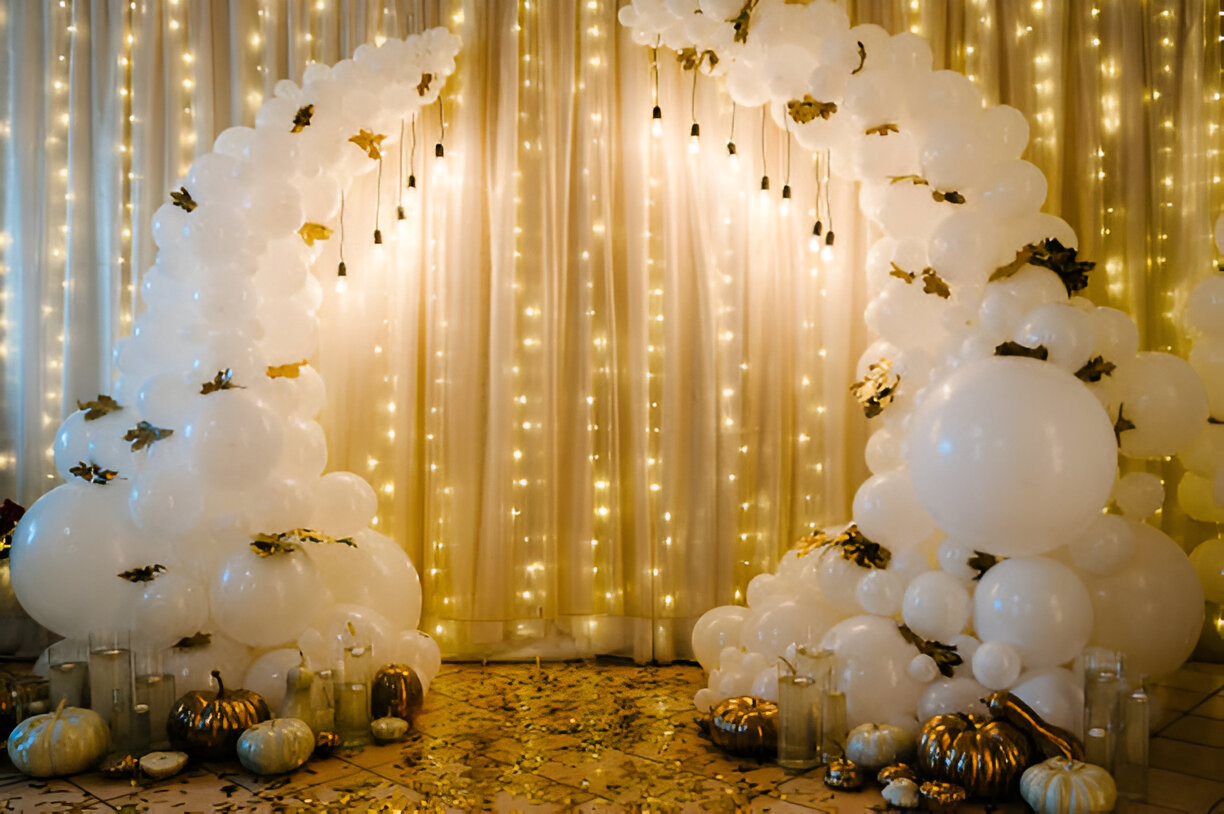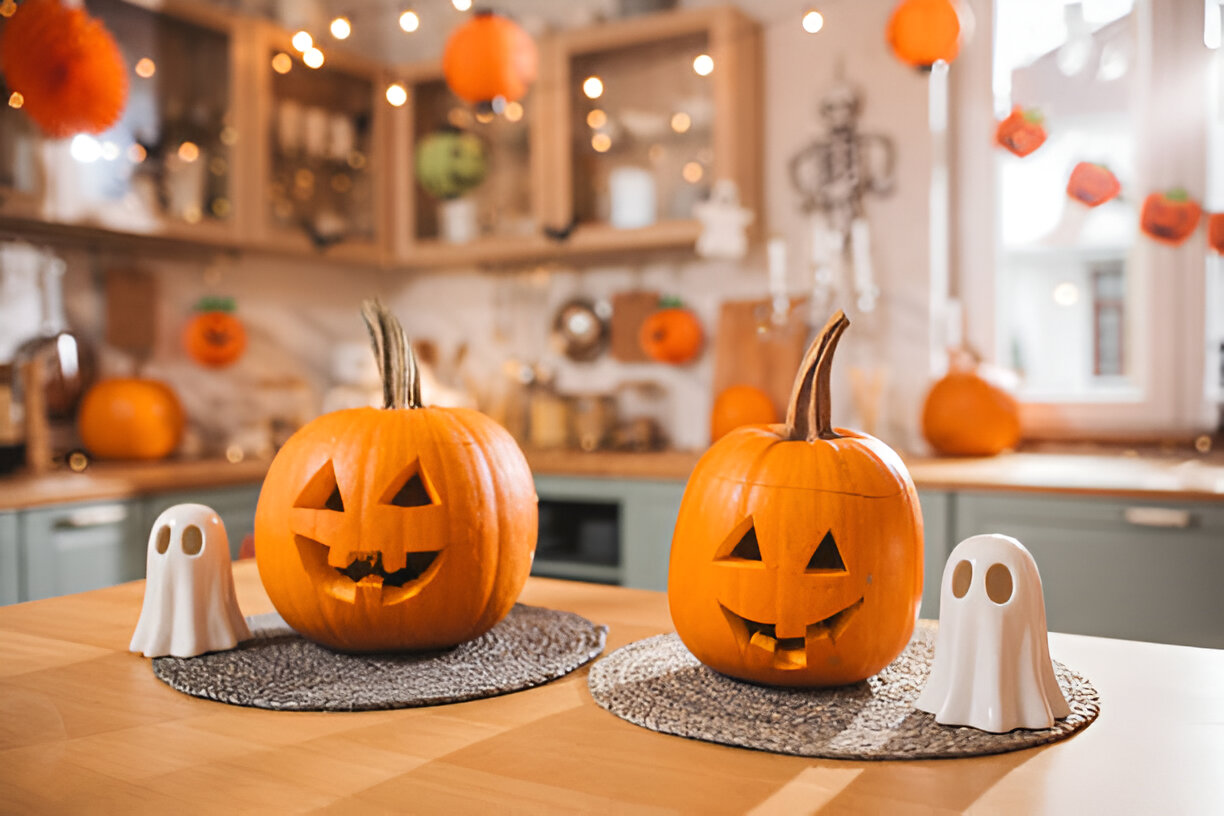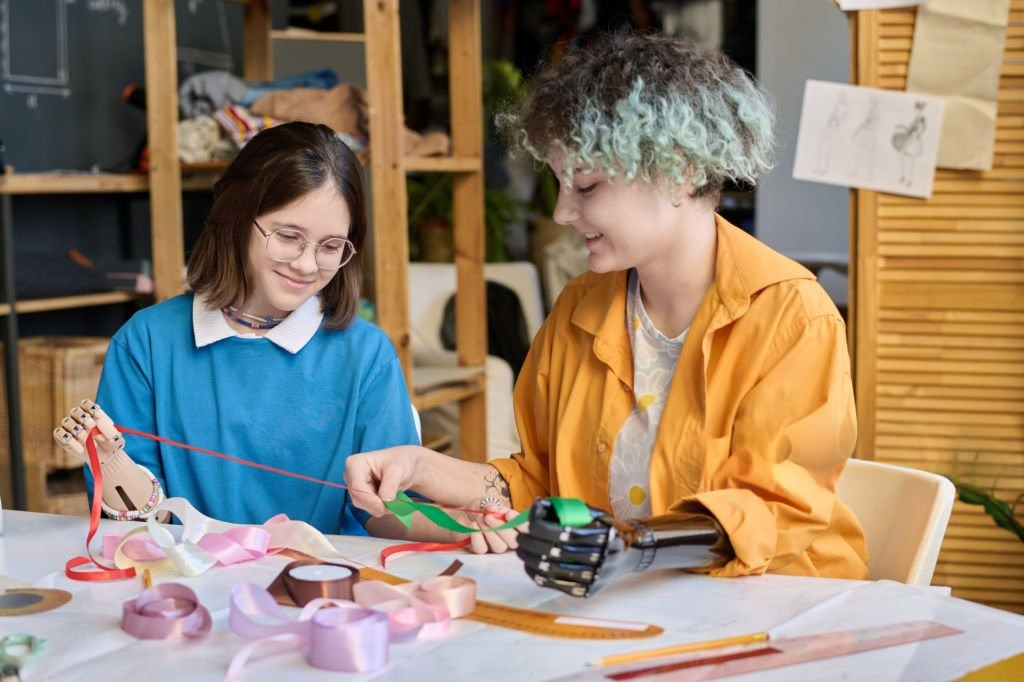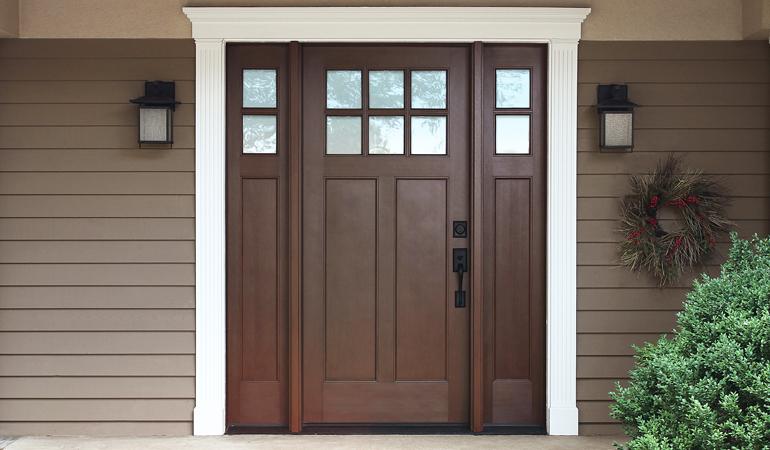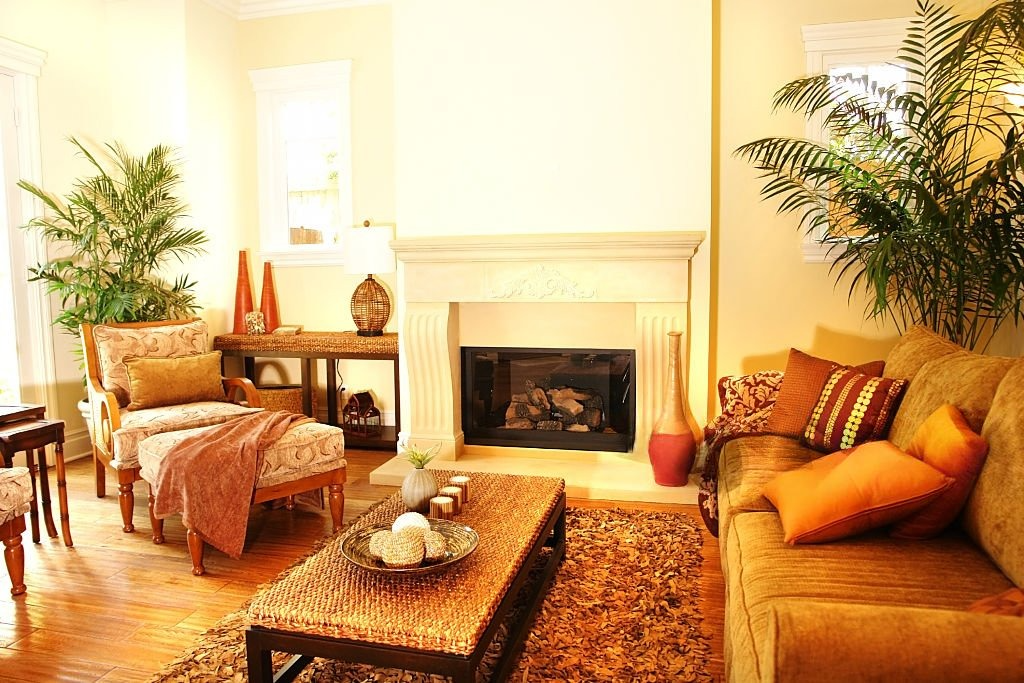DIY Sustainable Projects: Transform Your Home Eco-Friendly

Sustainable living is more than a trend; it’s a necessity. DIY sustainable projects are a fantastic way to contribute to a greener planet. Creating eco-friendly projects at home can be rewarding and fun. These projects not only reduce waste but also save money. Imagine transforming everyday items into useful, eco-friendly products. You can make your home more sustainable with just a few simple steps.
From repurposing old clothes to building your own compost bin, the possibilities are endless. Plus, these projects can be a great way to involve family and friends. Ready to embark on a journey toward a more sustainable lifestyle? Dive into these DIY sustainable projects and start making a difference today. Let’s turn green ideas into reality with Easierdecor!

Introduction To DIY sustainable projects
DIY sustainability is all about creating a better world. It involves small, practical projects that reduce waste and conserve resources. These DIY sustainable projects can be done at home, without special skills or expensive tools. By taking part in DIY sustainable projects, you can make a positive impact on the environment. It also saves money and provides a sense of accomplishment. Let’s explore the benefits of eco-friendly homes and how to get started with sustainable projects.
Benefits Of Eco-friendly Homes
Eco-friendly homes are more than a trend. They offer many benefits. First, they reduce energy costs. By using less power, you save money on bills. Second, they improve air quality. Plants and natural materials help filter toxins. Third, they use fewer resources. Sustainable materials last longer and need fewer replacements. Lastly, eco-friendly homes increase property value. They attract buyers interested in green living. These benefits make eco-friendly homes a smart choice.
Getting Started With Sustainable Projects
Starting sustainable projects is easy. Begin with small changes. Swap out plastic items for reusable ones. Use cloth bags instead of plastic bags. Replace old light bulbs with energy-efficient ones. Next, focus on reducing waste. Start a compost bin for food scraps. Recycle paper, glass, and metal. Finally, save water. Fix leaks and install low-flow fixtures. These steps may seem small, but they add up. Every action counts towards a sustainable future.
Energy-efficient Lighting
Energy-efficient lighting is a key part of sustainable living. It helps save money and reduces environmental impact. By choosing the right lighting, you can make your home more eco-friendly. Switching to energy-efficient lighting is simple. It involves small changes that make a big difference. Let’s explore some options to help you get started.
Led Bulbs Vs. Traditional Lighting
LED bulbs use less energy than traditional bulbs. They last longer too, which means fewer replacements. This reduces waste and saves money over time.
Traditional lighting, like incandescent bulbs, consume more power. They also generate more heat, which is less efficient. By switching to LED bulbs, you can cut energy use and lower your bills.
Installing Solar-powered Lights
Solar-powered lights are a great sustainable option. They use sunlight to charge during the day. At night, they provide light without using electricity from the grid.
Installing solar lights is easy. Place them in sunny spots around your home. They work well in gardens, pathways, and patios. These lights reduce your carbon footprint and save money on energy bills.
Water Conservation Tips
Water conservation is essential for a sustainable future. By implementing some easy DIY sustainable projects, you can significantly reduce your water usage. These projects not only help the environment but also save money on your water bills. Below are some practical tips for conserving water at home.
Rainwater Harvesting Systems
Rainwater harvesting systems collect and store rainwater for later use. This water can be used for gardening, washing cars, and even flushing toilets. Installing a rain barrel is a simple way to start. Place the barrel under a downspout to collect rainwater. Ensure the barrel has a lid to prevent debris from entering. You can also install a spigot at the bottom for easy access.
Low-flow Fixtures And Faucets
Low-flow fixtures and faucets help reduce water consumption. They maintain pressure while using less water. Replacing old showerheads with low-flow options can save gallons of water daily. Aerators can be added to faucets to limit water flow without reducing pressure. These fixtures are easy to install and affordable.
Eco-friendly Insulation
Eco-friendly insulation is a great way to make your home greener. It helps save energy, reduce waste, and lower your carbon footprint. Choosing sustainable insulation materials and installing them yourself can be a rewarding and cost-effective project. Let’s explore some options for recycled materials and DIY installation tips.
Recycled Materials For Insulation
Using recycled materials for insulation is a smart choice. These materials help reduce waste and often have excellent insulating properties. Here are some popular options:
| Material | Properties |
|---|---|
| Recycled Denim | Good thermal performance, non-toxic, and mold-resistant. |
| Cellulose | Made from recycled paper, fire-resistant, and great at soundproofing. |
| Sheep Wool | Natural, renewable, and regulates humidity. |
| Cork | Lightweight, durable, and excellent thermal insulator. |
Diy Installation Tips
Installing insulation yourself can be easy and fun. Follow these tips for a successful project:
- Measure the Area: Measure the space where you’ll install the insulation. Accurate measurements ensure you buy the right amount of material.
- Wear Protective Gear: Insulation materials can be dusty. Wear gloves, a mask, and goggles for safety.
- Cut Material to Size: Use a sharp knife or scissors to cut the insulation to the needed dimensions.
- Fit the Insulation: Place the insulation snugly between the studs or joists. Ensure there are no gaps.
- Seal Gaps: Use caulk or foam sealant to fill any gaps and prevent drafts.
These simple steps help you achieve a well-insulated, eco-friendly home. Enjoy the benefits of lower energy bills and a smaller carbon footprint!
Upcycled Furniture Projects
Upcycled furniture projects offer a fun, eco-friendly way to refresh your home. Instead of buying new furniture, give your old pieces new life. It’s sustainable, creative, and budget-friendly. Let’s explore some inspiring ideas to get you started.
Repainting And Repurposing
One of the simplest ways to upcycle furniture is by repainting it. A fresh coat of paint can transform any item. Choose colors that match your decor. Use non-toxic, eco-friendly paints for a greener approach.
Repurposing old furniture is another exciting option. Turn an old door into a unique coffee table. Convert a wooden ladder into a bookshelf. The possibilities are endless with a bit of creativity.
Creative Ideas For Old Furniture
Looking for inspiration? Here are some creative ideas for upcycling old furniture:
- Transform an old dresser into a chic bathroom vanity. Add a sink on top and paint it to match your bathroom decor.
- Convert a vintage suitcase into a stylish side table. Attach legs to the bottom and use it to store small items.
- Make a garden bench from an old bed frame. Use the headboard as the backrest and the footboard as the seat.
For more advanced projects, consider reupholstering chairs or sofas. Choose sustainable fabrics to keep your project eco-friendly. Reupholstering gives a fresh look and extends the life of your furniture.
| Project | Materials Needed | Estimated Time |
|---|---|---|
| Repainting a Chair | Chair, Paint, Brushes, Sandpaper | 2-3 Hours |
| Repurposing a Ladder | Ladder, Screws, Shelves | 4-5 Hours |
| Upcycling a Dresser | Dresser, Paint, Handles, Sink | 1-2 Days |
Upcycled furniture projects are not only fun, they also help reduce waste. Start small and see where your creativity takes you. Happy upcycling!
Sustainable Gardening
Engage in sustainable gardening to nurture the environment. It’s a great way to grow your own food. It also helps reduce waste and promote biodiversity.
Composting At Home
Composting at home is an effective way to reduce waste. It turns kitchen scraps and yard waste into valuable compost. This compost enriches your garden soil.
Here is what you can compost:
- Fruit and vegetable scraps
- Eggshells
- Coffee grounds
- Grass clippings
- Dry leaves
To start composting, follow these simple steps:
- Choose a compost bin or create a compost pile.
- Layer your green and brown materials.
- Keep the compost moist but not too wet.
- Turn the compost regularly to aerate it.
Planting Native Species
Planting native species in your garden supports local wildlife. These plants are adapted to the local climate and soil. They need less water and fewer pesticides.
Benefits of planting native species:
- Attracts local pollinators like bees and butterflies
- Reduces maintenance efforts
- Improves soil health
- Preserves local ecosystem
Some popular native plants to consider:
| Region | Native Plants |
|---|---|
| Northeast | Black-eyed Susan, Red Maple |
| Southeast | Southern Magnolia, Coral Honeysuckle |
| Midwest | Purple Coneflower, Big Bluestem |
| West | California Poppy, Douglas Fir |
Choose plants native to your region for a thriving garden. It helps maintain the balance of the local ecosystem.
Green Cleaning Solutions
Green cleaning solutions are eco-friendly and help reduce harmful chemicals. They are easy to make with ingredients found at home. These DIY solutions are effective, safe, and sustainable. Let’s explore how you can create your own green cleaning products.
Homemade Cleaning Products
Making homemade cleaning products is simple and cost-effective. You’ll need basic ingredients like vinegar, baking soda, and essential oils.
- All-purpose cleaner: Mix 1 part vinegar with 1 part water. Add a few drops of your favorite essential oil for a pleasant scent.
- Glass cleaner: Combine 2 cups of water, 1/2 cup of vinegar, and 1/4 cup of rubbing alcohol. Use a spray bottle for easy application.
- Bathroom cleaner: Mix 1/2 cup of baking soda with 1/4 cup of hydrogen peroxide. Apply to surfaces and scrub.
- Floor cleaner: Add 1 cup of vinegar to a gallon of hot water. Mop as usual for sparkling clean floors.
Reducing Chemical Use
Reducing chemical use in cleaning products is essential for a healthy home. Store-bought cleaners often contain toxic substances that can harm your family and pets. By using natural ingredients, you can minimize exposure to these chemicals. Here are some benefits of reducing chemical use:
- Improved air quality: Natural cleaners don’t release harmful fumes.
- Safe for children and pets: No need to worry about accidental ingestion or skin contact.
- Environmental protection: Eco-friendly cleaners reduce pollution and conserve resources.
- Cost savings: Homemade solutions are often cheaper than commercial products.
Switching to green cleaning solutions is a small step that makes a big impact. Start today and enjoy a healthier, cleaner home.

Credit: minimaltaste.com
Energy-efficient Appliances
Energy-efficient appliances play a vital role in sustainable living. They save energy, reduce utility bills, and help the environment. These appliances are designed to use less electricity or water. This means lower costs and a smaller carbon footprint. Here are some tips to choose and maintain energy-efficient appliances.
Choosing Energy Star Appliances
Energy Star appliances are certified to use less energy than standard models. Energy Star appliances can save you up to 30% on your energy bills. Look for the Energy Star label when shopping for new appliances. This label ensures the product meets energy efficiency guidelines set by the U.S. Environmental Protection Agency.
Here are a few tips for choosing the best Energy Star appliances:
- Refrigerators: Choose a model with a top or bottom freezer. Side-by-side models use more energy.
- Washing Machines: Front-loading washers are more energy-efficient than top loaders.
- Dishwashers: Look for models with soil sensors. These adjust the cycle length based on how dirty the dishes are.
- Water Heaters: Tankless water heaters save energy by heating water only when needed.
These appliances not only save energy but also help lower your monthly bills.
Maintaining Appliances For Efficiency
Proper maintenance keeps your appliances running efficiently. It also extends their lifespan. Here are some tips to maintain your appliances for optimal performance:
- Clean Filters: Clean or replace filters in air conditioners, heaters, and dryers regularly.
- Check Seals: Ensure refrigerator and freezer seals are tight to prevent cold air from escaping.
- Defrost: Defrost your freezer regularly. Excessive ice buildup forces the appliance to work harder.
- Run Full Loads: Only run dishwashers and washing machines with full loads to maximize efficiency.
- Regular Servicing: Schedule regular servicing for large appliances to keep them in good shape.
Following these steps will help you save energy and money.
Waste Reduction Strategies
Reducing waste is crucial for a sustainable future. It helps conserve resources and minimize pollution. Implementing effective waste reduction strategies can lead to a healthier planet. Below are some practical ways to reduce waste through recycling and DIY zero-waste projects.
Recycling Best Practices
Recycling is a simple yet powerful way to reduce waste. It transforms waste materials into new products, saving energy and reducing landfill usage. Here are some recycling best practices:
- Sort waste into different categories: paper, plastic, glass, and metal.
- Clean recyclables to remove food residue and contaminants.
- Flatten cardboard boxes to save space.
- Check local recycling guidelines to know what can and cannot be recycled.
Consider these tips for more effective recycling. They ensure that your efforts are not wasted and that materials are properly processed.
Diy Zero-waste Projects
Engage in DIY sustainable projects to reduce waste at home. These projects are fun and help the environment. Here are some ideas:
- Reusable shopping bags: Make bags from old clothes or fabric scraps.
- Compost bin: Convert kitchen scraps into compost for your garden.
- Beeswax wraps: Use these as an alternative to plastic wrap.
- Cloth napkins: Replace paper napkins with washable cloth versions.
Engaging in DIY sustainable projects can be a rewarding way to reduce waste. It promotes creativity and sustainability in your daily life.

Credit: pinterest.com
Frequently Asked Questions
What Are Some Easy DIY sustainable projects?
Start with projects like upcycled planters, reusable shopping bags, or homemade cleaning products. These are easy and eco-friendly.
How Do Diy Projects Help The Environment?
DIY sustainable projects reduce waste, save resources, and often use recycled materials. They help minimize our environmental footprint.
What Materials Are Best For Sustainable Diy?
Use materials like reclaimed wood, glass jars, old fabrics, or biodegradable items. They are eco-friendly and sustainable.
Can Diy Projects Save Money?
Yes, DIY sustainable projects often use recycled or repurposed materials. This makes them cost-effective and budget-friendly.
Conclusion
DIY sustainable projects offer many benefits. They save money and help the planet. These projects are fun and easy to do. Anyone can start with simple ideas. Try making your own compost or growing herbs. Each project can make a difference.
Encourage friends and family to join in. Together, we can build a more sustainable future. Enjoy creating and learning along the way. Small steps lead to big changes. Happy crafting!

